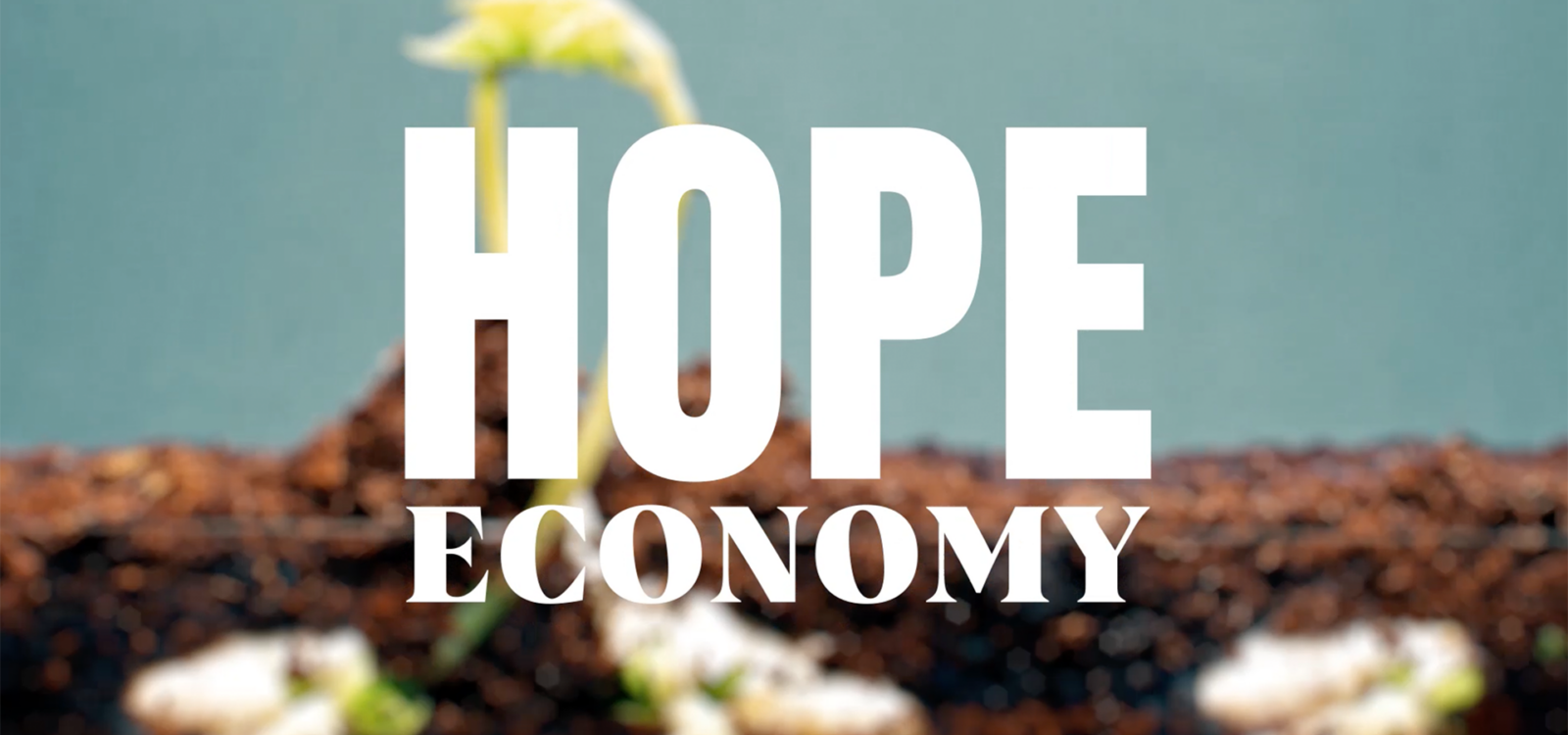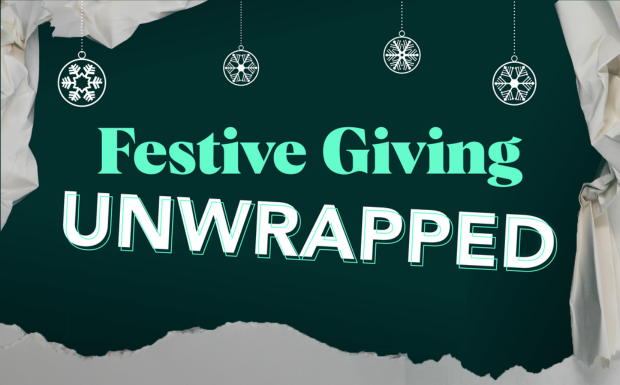
Introducing The Hope Economy
As we close the door on 2023, and look to the year ahead, GOOD’s CEO and Founder Chris Norman introduces The Hope Economy.
2023. What a year it has been.
We’ve faced war and conflicts, fires and floods, crumbling social structures, an intensifying economic recession and the potential of an existential threat of generative AI.
Unsurprisingly, the mood of the nation is reflected in these challenges. A deep dive into this year’s annual trends reports reveals a pervasive sense of collective anxiety, hopelessness and nihilism.
Where there was once optimism that ‘purposeful’ brands and businesses would step in to provide the innovation, investment and leadership needed to deliver the solutions to these challenges, this year has seen brands distracted by the introspective debate around the ‘purpose of purpose’ itself.
However, the demand for brands and businesses to be good is unrelenting.
What hasn’t changed is the pressure facing the world and the impact on humanity. The need for business to behave more purposefully is greater than ever before, given the urgency of today’s environmental and societal challenges. Additionally, the expectation of the public for brands and business to show leadership is unwavering. Consumers still think businesses should take responsibility to help solve the challenges we face.
It’s a commercial imperative like no other.
Amid a heightened state of perma-crisis, the emotional needs of people are changing. Businesses and brands must acknowledge the realities of the world their staff, customers and investors live in, whilst demonstrating how their product or service is relevant and contributing positively to creating a better future.
People are becoming far more selective in their purchasing choices; communicating value beyond function or indulgence is going to be even more important. People will continue to make purchasing decisions based on ‘Do I need or want it? Can I afford it?’ then ‘Is it doing good?’
In the new paradigm we’re living in, the third consideration is having greater and greater influence people’s decision making across purchasing, employment and lifestyle choices, as we see greater polarization between those people who demonstrate they understand and care and those who simply don’t.
“In the past, when people have felt insecure, physical possessions have proved comforting. Yet … a study examining responses to insecurity has found that “looming uncertainty can render solid consumption a source of vulnerability and an unwanted anchor in turbulent times that call for agility and adaptability.
In short, for some people, having houses, cars, and big-ticket items makes them feel more stressed in an unstable economic environment. In 2024, understanding that traditional stabilising markers are becoming less appealing presents an opportunity to make people feel secure in different ways.”
Canvas8 Expert Outlook 2024
Consequently, there is an urgent need for a fresh approach to how businesses and brands communicate – one that reflects and meets the changing emotional needs of the audience.
What people are looking for, is hope.
Businesses and brands are now operating in a new paradigm: The Hope Economy.
The Hope Economy derives from businesses and brands that not only align their products and services with solutions to some of the challenges society is facing, but most importantly demonstrate their role in tackling those challenges.
In doing so, it connects the emotional needs of their audience (which is the desire for hope and solutions to the current state of affairs) with the marketing and communications output of the brand.
Over the last decade, far too many brands jumped on the purpose band wagon and thought they could get away with a hollow claim. The first rule of The Hope Economy is: ‘If you can’t demonstrate it, don’t claim it’. The consequence of not following this first rule is to devalue the brand and business. And there will be increasing pressure for all businesses and brands to operate within The Hope Economy.
The Hope Economy has emerged from a unique cultural moment in time, where multiple macro-crises continue to unfold, whilst on an individual level, people’s mental, physical, and financial wellbeing are in a state of decline. Simultaneously, this is happening against a more pronounced backdrop of growing distrust and disbelief in media, government, and other societal institutions.
The Hope Economy is here already.
The Hope Economy is the coalescence of businesses and brands who are operating in a good way.
There are many brands that already, unknowingly, operate within The Hope Economy, and many more shifting to become part of The Hope Economy. And it’s not just the usual suspects of Patagonia, Dove and Ben & Jerry’s. For example, Nike have not only committed to ‘moving the world forward through sport’, but demonstrated significant innovation, investment and impact to achieve that goal. Lidl makes it easier for people to choose vegan products by closing the price gap between meat and meat alternatives. And clothing brand Asket offers ‘impact receipts’ to customers outlining the environmental impact of their purchase, in response to increased demand for transparency
But scrutiny in The Hope Economy is uncompromising and unrelenting. No longer will brands be able to claim to be making a better future at the same time as increasing their emissions and negative social impact; which so many ‘faux purpose’ brands have been doing over the last 10 years.
The Hope Economy or bust
The Hope Economy reflects the changing emotional needs of consumers, staff, investors and wider society, due to the parlous state we find ourselves in. This makes it a commercial imperative. We believe there is a way out of the situation we find ourselves in, and that is going to be built on The Hope Economy.


